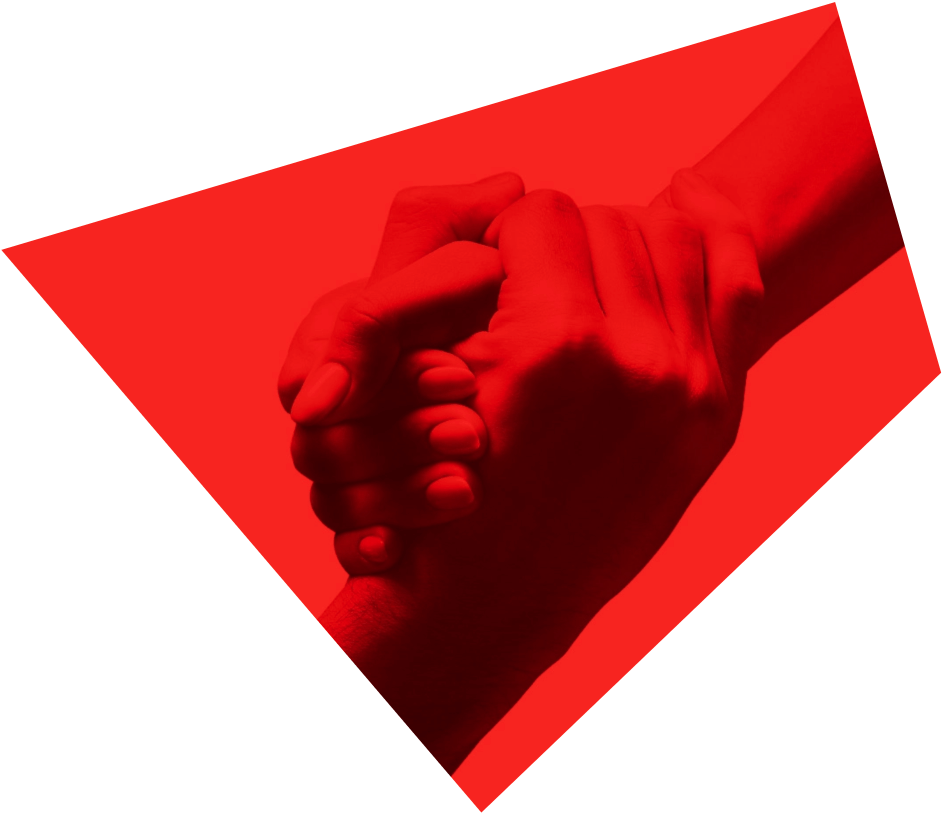Risk management is at the top of every corporate agenda, but few organizations have plans in place for coping with crises. In today’s world, that is a risky proposition.
Every crisis has a unique dynamic and set of circumstances. There is almost never a single response or solution when things fall apart. That said, there’s typically one common denominator in every crisis: organizations seldom have even a basic contingency plan in place.
At a time when risk management is at the top of every corporate agenda, lack of preparation for a crisis represents an extreme risk. After all, information technology and social media can destroy in minutes a valuable brand or reputation that has taken years to cultivate. It doesn’t take long for share price and capital markets to reflect—or even amplify—the damage. Not to mention how competitors stand to benefit.
All too often, valuable time is lost to panic and confusion at the outset of a crisis. Instead of responding quickly and firmly, management—especially in large organizations—is often left scrambling to figure out priorities, personnel and processes.
After 15 years on the front lines of crisis management, Navigator has some insights into how organizations and their leaders can develop and deploy custom crisis communications plans.
1. Client Overview
Navigator works closely with the client to better understand:
- Operations
- Typical issues/possible crises
- Key audiences (internal and external)
- Regular and extraordinary communication channels
- Cultural characteristics of the client and its stakeholders (board, executive, employees, shareholders, customers, etc.)
2. Crisis Plan Development
- Identify possible crises
- Identify core communication teams and additional resources needed for each possible type of crisis
- Identify audience
- Identify channels for each audience
- Prepare draft materials
3. Awareness Development
- Meeting with key internal clients on principles of crisis communication
- The session is intended to increase internal cultural awareness of risks associated with handling crises
4. Training
- Communication/message training for key communicators and spokespersons Media training for key spokespersons
- Facilitation of desktop simulation for crisis plan
1. Evaluation
- Team identification and alert Potential impact analysis
- Risk and damages assessment
- Public visibility assessment
- Engagement decisions (whether to communicate proactively or reactively, how broadly, and to which specific audiences under what circumstances, and how)
2. Ongoing Crisis Management
- Identify possible crises
- Identify core communication teams and additional resources needed for each possible type of crisis
- Identify audience
- Identify channels for each audience
- Prepare draft materials
3. Recovery
- Team identification and alert Potential impact analysis
- Review campaign objectives and metrics
- Determine lessons learned and incorporate into an updated response plan
- Convene meeting with internal stakeholders to share insights and close file
